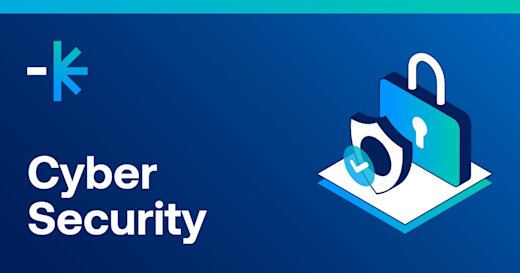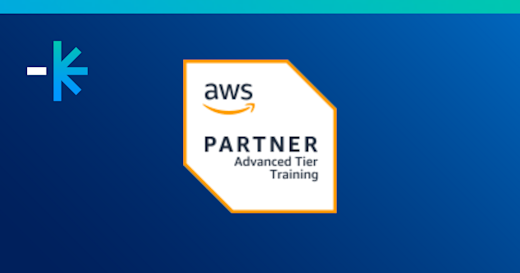Got a question? Call 1800 853 276 | Login
We explain what has changed, why it has changed, and what this means for you.
Red Hat has made some big changes to its Red Hat Certified Engineer (RHCE) certification to address trends in organisations shifting towards more agile and scalable applications. Red Hat made the changes to the credential in early May to coincide with the release of Red Hat Enterprise Linux 8.
While network services and security remain important skills and key to previous iterations of RHCE, the new changes will shift the focus to automation, with emphasis on Linux automation and Red Hat Ansible Automation.
The key to staying abreast of ongoing IT evolution, says Red Hat certification director Randy Russell is “a comprehensive, cross-functional automation strategy.” The key to successful automation is knowledge of Red Hat Ansible Automation, Red Hat’s automation solution, which can be smoothly integrated not just with Linux, but across other Red Hat technologies.
The recent shift in emphasis will keep Red Hat Certified Engineer aligned with industry trends.
“As organisations undergo digital transformation, scale, agility, and speeding the time it takes to put new applications and features in the hands of users become imperatives. “Data analytics and demands of the Internet of Things (IoT) require data storage on a scale that would have defied belief not long ago.”
– Randy Russell, Red Hat certification director.
The changes to RHCE certification will drive what Russell said is the “front and centre” overarching goal of Red Hat certification: customer success. As both IT and IT-adjacent organisations shift philosophies and adopt and integrate new technologies, trained and certified professionals can be a key determiner of success.
How will RHCE change?
The RHCE credential can be earned by fulfilling the requirement to become a Red Hat Certified System Administrator (RHCSA) first, followed by passing the Red Hat Certified Engineer (RHCE) exam (EX300). You will be able to choose between taking a pathway for either Red Hat® Enterprise Linux® 7 or Red Hat Enterprise Linux 8 to earn the RHCE credential.
The new RHCE pathway is based on Red Hat Enterprise Linux 8, which will be supplemented by a new course and exam. The course and the corresponding certification—Red Hat System Administration III: Linux Automation (RH294) and Red Hat Certified Engineer exam (EX294)—will focus on the automation of Linux system administration tasks using Ansible and shell scripting.
So what does this mean for you if you are already RHCE certified?
Good news. If you are RHCE certified, you will retain your RHCE status for the full 3 years from when you became an RHCE. However, you have the option to recertify under the new program if you want to, but it is not a requirement. Additionally, if you are close to the end of your cycle, you can refresh your skills by preparing for and passing the new exam. You can review all the certification renewal details to learn how to ensure your credential remains current. These options include earning other certifications that apply toward becoming a Red Hat Certified Architect in Infrastructure.
The RHCE exam aligned with Red Hat Enterprise Linux 7 will remain available for a full year from the release of Red Hat Enterprise Linux 8 and the new RHCE exam.
For more information on what’s changing and how this affects you, check out Red Hat’s RHCE FAQ’s.
Find out more information and book your space about the new RHCE course with Lumify Work.





